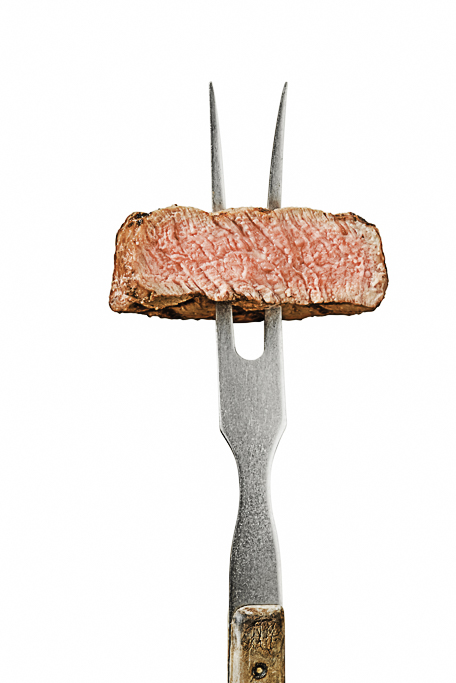The barbecue is often synonymous with a moment of relaxation spent in good company by its friendly nature. Simple or sophisticated, it remains universal in its definition and is shared all over the world, at home, in the city or in the country.
Advice from the chefs
Because the barbecue is another way to sublimate food, great chefs around the world defend the barbecue as a cooking tool. They recommend obtaining, if possible, directly from the farmer: farms, fishponds, market gardeners… to choose the best and freshest raw products. They also recommend simple seasoning and accompaniments: grilled vegetables, oil, salt, pepper and herbs.
To make a splash, make your own marinade recipes or lacquer the meat before cooking.
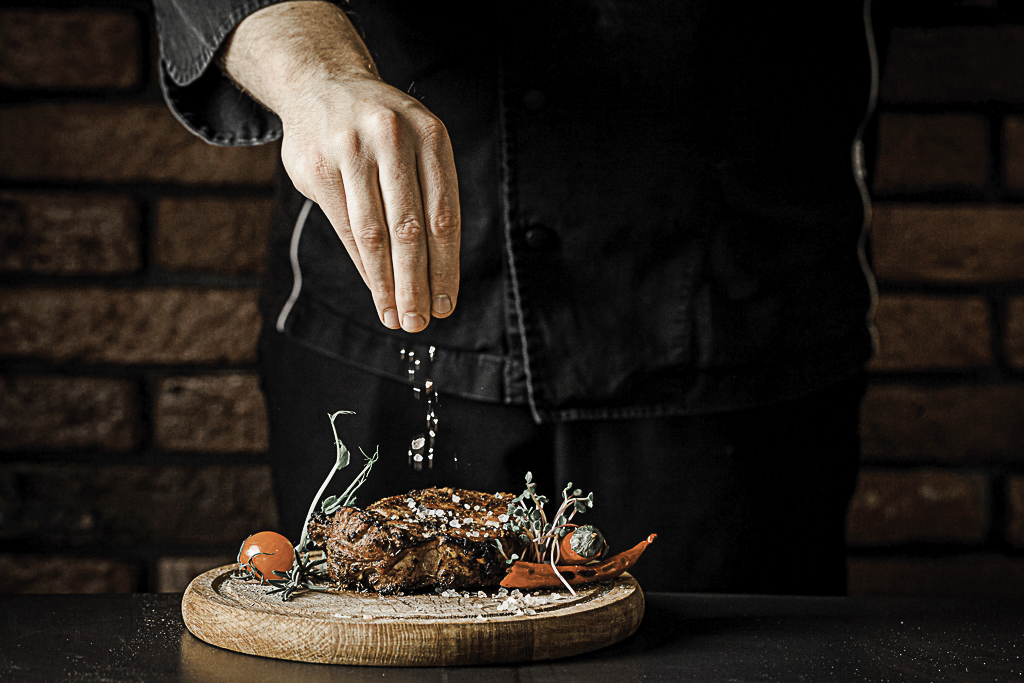
The barbecue, a universal language
Practiced by man for thousands of years, cooking food directly on the fire is a primitive technique used and improved by many populations around the world.
Whether it is “braai” in South Africa, “asado” in Argentina, “chachlik” in Russia, “fatapera” in Madagascar, “gratar” in Romania, “mangal” in Turkey, “dibi” in Senegal, everywhere in the world, the barbecue describes both a way of cooking and a lifestyle.
People meet, share and eat their many territorial specialties.
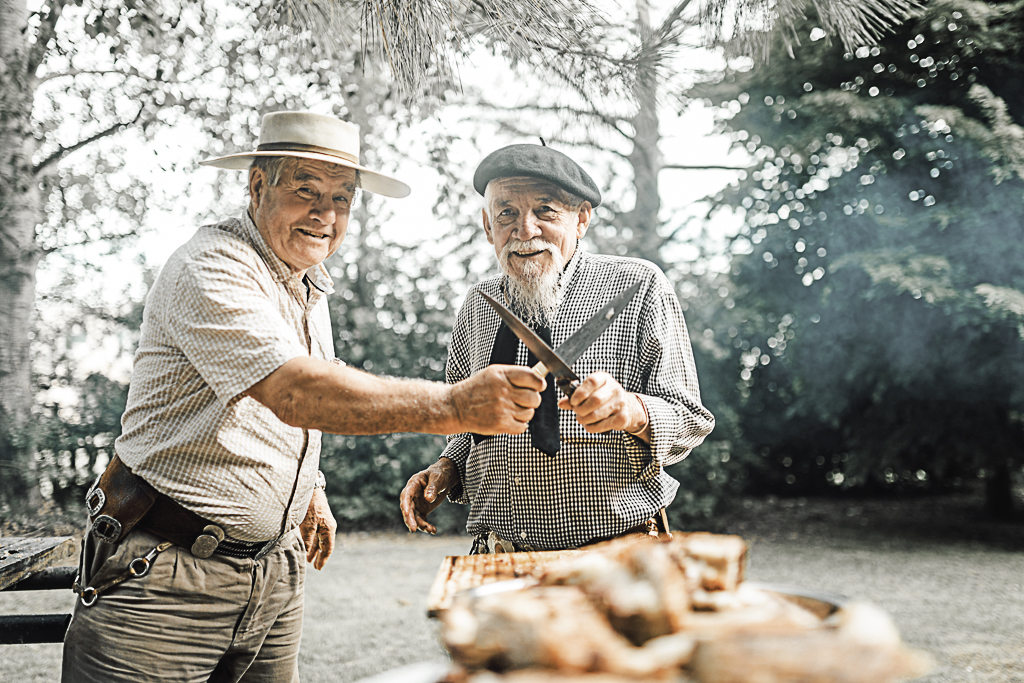
Cooking at the Traeger
BBQ with Anne Alassane
Traeger, a legendary brand in the United States for over 30 years, offers THE new must-have recipe book for using its ultra-efficient, multi-functional barbecue. Explore all of its possibilities with Anne Alassane, the multi-hatted media cook. Grilling, smoking, baking, roasting, braising, all the tips are in this 128-page book, to concoct delicious original meat and fish dishes, melting gratins, crispy pies … and even desserts!
Éditions Larousse – 15,95
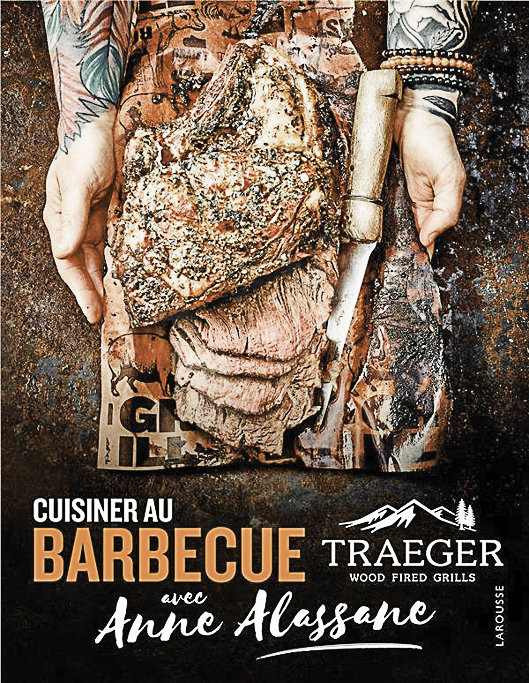
Having the right knife
Food preparation requires a wide variety of tools. For each, there are different cutting edges of knife blades:
– Smooth blades: for a clean and clean cut, without fraying. These knives are ́ used to cut both hard and soft materials: meat, vegetables, fruits, and also to peel.
– Toothed or notched blades : for easy cutting primer and cutting of thick-skinned or hard-crusted products: bread, tomatoes, rind.
– Honeycomb or fluted blades: thanks to the air cushions that form at the flutes during cutting, the pieces do not stick to the blade. This type of blade is perfect when you want to obtain very thin slices, like for ham or salmon.
source : www.couteauxduchef.com

Secrets of marinade
Marinating is a great way to flavour any type of food before cooking, and is an excellent way to tenderize meat. Simply mix an olive oil base with your choice of herbs and condiments. Red meats and game also go well with red wine, and rabbit with white wine. You can also play on sweet notes for pork, and make a sweet-salty mix for chicken and duck. For poultry or fish: lemon, thyme or ginger for example. Spices for vegetables and vanilla for fruits.
The whole fish, the accompaniments or the meat cut in pieces, are left to rest in a deep dish, between 3 and 4 hours in the refrigerator, or even all night for the meats. Then drain before cooking.
According to the recipes of Héloïse Martel, author of “Sauces and marinades in 150 recipes.”
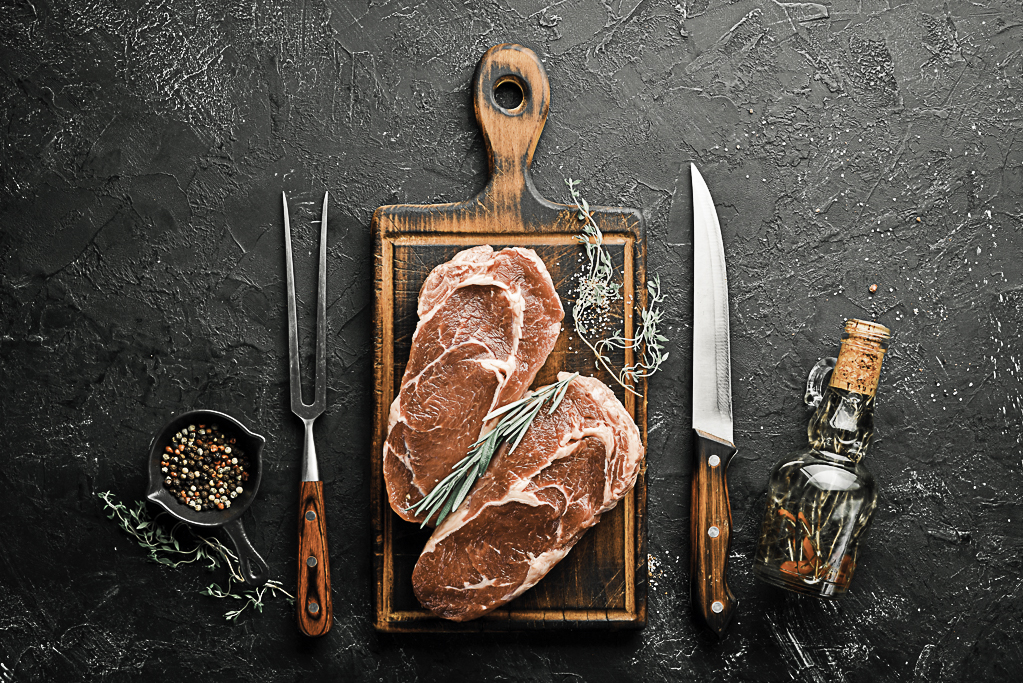
The art of cooking
Barbecuing is an art and some masters in the field keep their secrets well guarded. Others have agreed to divulge some of the essentials to us:
– To avoid clinging food and calcination of these, grease it slightly (and not on the grid directly!)
– Space food so that cooking is homogeneous
– Turn food only once per side
– Avoid pricking food or flattening it, so that it retains its juice
– For fish, think of papillotes so as not to burn them
– Let the meat rest for a few minutes after cooking so that the fibers relax
– Play spices to sublimate your dishes
